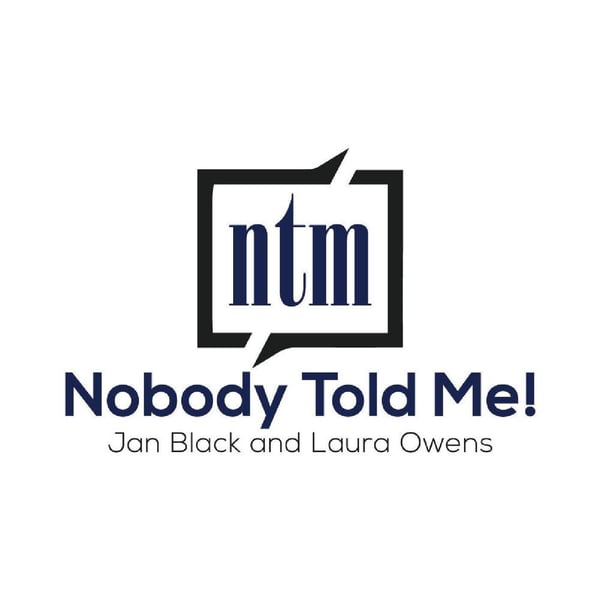Valentine's Day Special: relationship expert Guy Winch on healing a broken heart
Nobody Told Me!
Nobody Told Me!
4.2 • 671 Ratings
🗓️ 14 February 2019
⏱️ 30 minutes
🧾️ Download transcript
Summary
Valentine's Day can be incredibly rough when you're single, but we have good news: this episode is perfect to help you heal old wounds and get excited about the wonderful things in store for you. Licensed psychologist and relationship expert Dr. Guy Winch is the author of the brook, 'How to Fix a Broken Heart', which aims to help people heal after a breakup or death of someone they love. His viral TED Talk, 'Why We All Need to Practice Emotional First Aid', has been viewed over 5 million times and is rated among the top 5 most inspiring talks of all time on TED.com. In this interview, he tells us that our past heartbreaks do not define us, shares the best ways to heal, and reminds us that there are many other fish in the sea!
Learn more about your ad choices. Visit megaphone.fm/adchoices
Transcript
Click on a timestamp to play from that location
| 0:00.0 | Welcome to Nobody Told Me. I'm Jan Black. And I'm Laura Owens. Let's face it, there are a few things in life that hurt more than a broken heart. Dr. Guy Wynch is the author of the new book, How to Fix a Broken Heart, which aims to help people heal after a breakup or death of someone that they love. He's a licensed psychologist, author, and in-demand keynote speaker who's a leading advocate for integrating the science of emotional health into every single aspect of our daily |
| 0:38.1 | lives. His viral TED talk, which is awesome, everyone should watch it, why we all need to practice |
| 0:43.4 | emotional first aid has been viewed more than five million times and is rated among the top five |
| 0:49.0 | most inspiring talks of all time on TED.com, which is a hell of an achievement. Dr. Wynch, welcome to the show. |
| 0:56.2 | Thank you very much for having me. So how did you become so interested in having a career |
| 1:01.0 | dedicated to emotional science? So I'm a psychologist, and when I got my degree, the model that |
| 1:08.8 | they told us that the ideal was in graduate school was the |
| 1:12.5 | scientist practitioner model, the way you learn to be a clinician, but you become a consumer |
| 1:18.3 | and a creator of science as well. And that was, turns out that was a lot of lip service because |
| 1:24.2 | people chose one or the other. They became clinicians and never looked at a journal again or they became scientists and |
| 1:29.7 | never looked at a patient again. |
| 1:31.4 | And I actually remained true to that in some way. |
| 1:34.1 | I became a clinician, but I was always reading science journals to see updates because |
| 1:39.9 | there's so many of them. |
| 1:41.8 | And, you know, I started seeing a lot of research about heartbreak, |
| 1:45.5 | and I certainly encountered that in my practice. And between those two, I, that was heartbreak. |
| 1:52.0 | But in general, I saw a lot of research that was about, you know, things, common experiences we all have. |
| 1:58.9 | And the research is written for other researchers. It's not really user-friendly |
| 2:02.5 | for clinicians or certainly for the public. And I would translate little interventions that I could make |
| 2:07.2 | out there and try them on my patients. And they would be like, oh, that was useful. And so I started doing that |
| 2:12.7 | more and more. And then I started writing books to kind of bring that to the rest of the world. |
| 2:16.7 | What was that like to sit across from hundreds, if not thousands of patients over the years |
... |
Please login to see the full transcript.
Disclaimer: The podcast and artwork embedded on this page are from Nobody Told Me!, and are the property of its owner and not affiliated with or endorsed by Tapesearch.
Generated transcripts are the property of Nobody Told Me! and are distributed freely under the Fair Use doctrine. Transcripts generated by Tapesearch are not guaranteed to be accurate.
Copyright © Tapesearch 2025.

